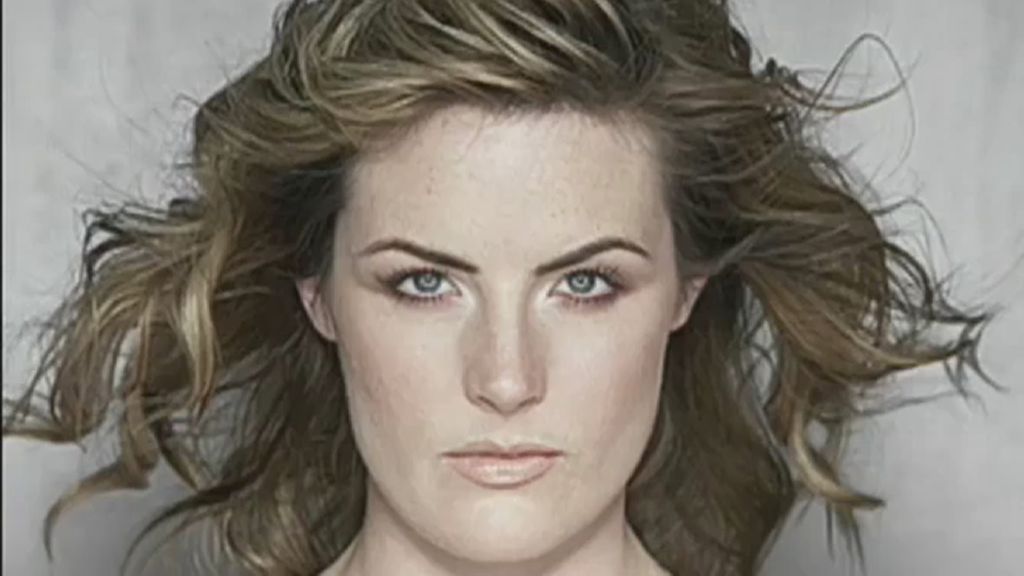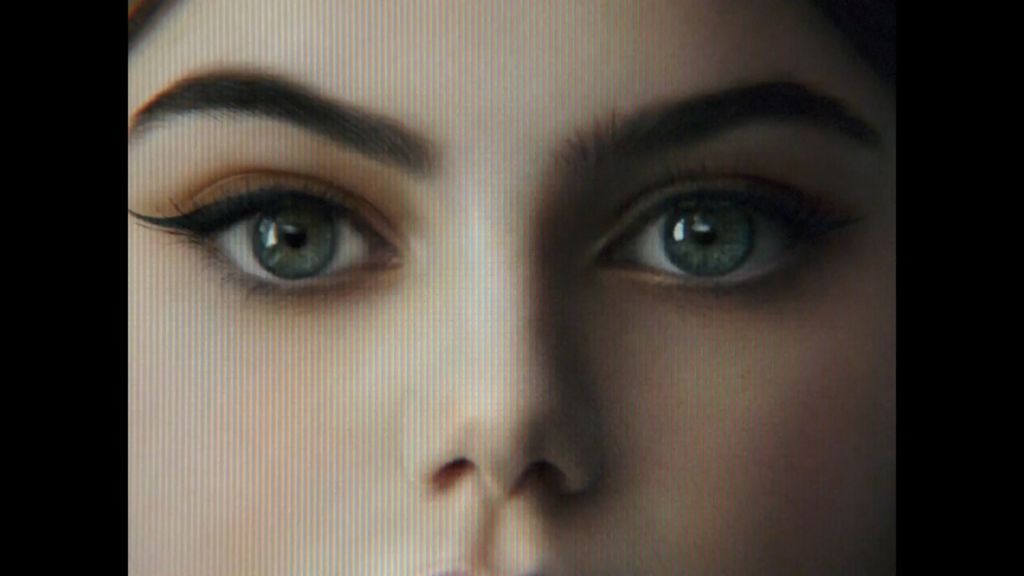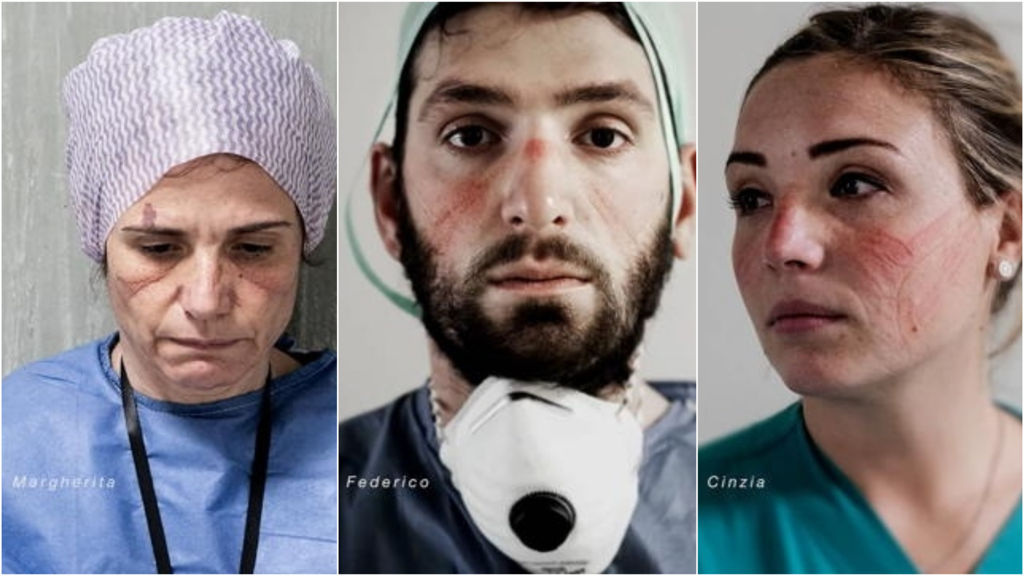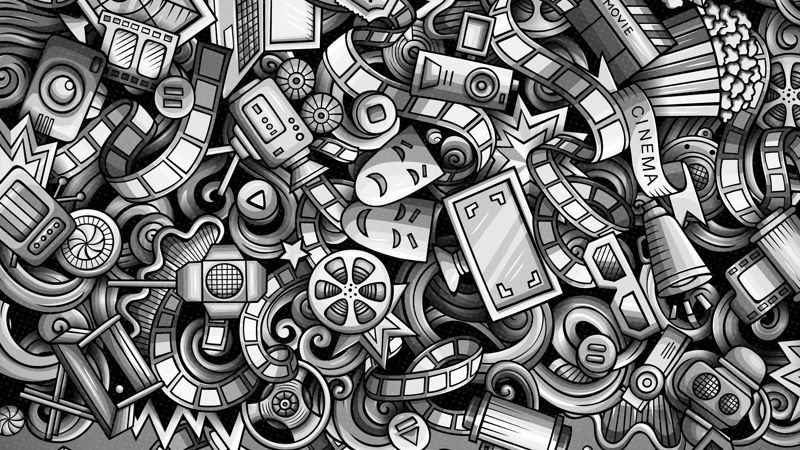The wings of a Dove; how a brand tackled toxic beauty
In a time when authenticity is more important than ever, Tim Cumming talks to the guiding lights behind Dove, the 'actionist' beauty brand whose Campaign for Real Beauty and Self Esteem programme has tackled the more toxic tactics of beauty advertising, reaching millions of women and girls along the way.
When it comes to what seems like miraculous flight, Dove is one high-flying bird. Look back three decades, and you’ll see the moisturising soap bar under the Unilever umbrella was a sudsy $200m brand.
Flash forward to the 2010s, however, and Dove’s profile has changed just a tad. That $200m had expanded to an almighty three billion. And while product development – the likes of Baby Dove, Men+care and Nutrium tech – has expanded Dove’s range, it’s the Campaign for Real Beauty, launched by Ogilvy & Mather in 2004, that has provided the turbocharge to a brand that now occupies that huge space where female self-perception and self-esteem wrestle with the mega-influencers of social expectations, aspirations and conformity.
Authenticity has been a core tenet of the Dove brand since its launch in 1957.
For Ila De Mello Kamath, Global Strategy Partner at Dove, that focus on 'real beauty' has been a part of Dove from the start. “We created the concept of the testimonial back in the 60s,” she says, “letting real women talk about the product in their own words, rather than using actresses. Authenticity,” she adds, “has been a core tenet of the Dove brand since its launch in 1957.”
Credits
powered by
Unlock full credits and more with a Source + shots membership.
Credits
powered by
- Agency Ogilvy & Mather Canada/Canada
- Editor Paul Gowan
- Director of Photography Tico Poulakakis
- Agency Producer Brenda Surminski
- Creative Tim Piper
- Creative Janet Kestin
- Creative Nancy Vonk
- Creative Mike Kirkland
- Director Yael Staav
- Producer Jennifer Walker

Credits
powered by
- Agency Ogilvy & Mather Canada/Canada
- Editor Paul Gowan
- Director of Photography Tico Poulakakis
- Agency Producer Brenda Surminski
- Creative Tim Piper
- Creative Janet Kestin
- Creative Nancy Vonk
- Creative Mike Kirkland
- Director Yael Staav
- Producer Jennifer Walker
Above: One of Dove's early Real Beauty campaigns was this spot from Canada in 2006.
When it launched its Campaign for Real Beauty, Dove used real women, not models, to take on the idealistic and unrealistic beauty standards set by the beauty industry. “It was a provocative and radical point of view and is one that we still stand by today,” De Mello Kamath says. One of the early Real Beauty campaigns was an extraordinary spot called Evolution that took on the innate deceitfulness of the beauty industry, by exposing the ugly reality of unreal enhancements via the retouching of images to create unrealistic – if not impossible – beauty standards that were damaging to the self-esteem of anyone trying to emulate them.
Today, the problem still exists. Eighty per cent of girls are only happy with the way they look when they don’t look like themselves.
“Today, the problem still exists,” says De Mello Kamath. “In fact, it’s even worse, as we explored in our most recent film, Reverse Selfie, which paid homage to Evolution. The pressure to present the perfect life on social media has left girls resorting to filtering and photo-editing their photo before they post it. Eighty per cent of girls are only happy with the way they look when they don’t look like themselves.”
Credits
powered by
- Agency Ogilvy/Sao Paulo
- Production Company Paranoid/USA
- Director John X Carey
-
-
Unlock full credits and more with a Source + shots membership.
Credits
powered by
- Agency Ogilvy/Sao Paulo
- Production Company Paranoid/USA
- Director John X Carey
- CD Anselmo Ramos
- Copywriter Hugo Veiga
- Art Director Diego Machado
- Producer Veronica Beach
- Colorist Sean Coleman
- Editing Company Rock Paper Scissors
- Editing Company Rock Paper Scissors
- Editor Philip Owens
- Music Keith Kenniff
- DP Ed David
- Editor Phillip Owens
- Director of Photography Ed David
- Producer Stan Sawicki
- Executive Producer Claude Letessier
- Executive Producer Jamie Miller / (Executive Producer)
- Copywriter Hugo Veiga
- Art Director Diego Machado
- Executive Creative Director Roberto Fernandez

Credits
powered by
- Agency Ogilvy/Sao Paulo
- Production Company Paranoid/USA
- Director John X Carey
- CD Anselmo Ramos
- Copywriter Hugo Veiga
- Art Director Diego Machado
- Producer Veronica Beach
- Colorist Sean Coleman
- Editing Company Rock Paper Scissors
- Editing Company Rock Paper Scissors
- Editor Philip Owens
- Music Keith Kenniff
- DP Ed David
- Editor Phillip Owens
- Director of Photography Ed David
- Producer Stan Sawicki
- Executive Producer Claude Letessier
- Executive Producer Jamie Miller / (Executive Producer)
- Copywriter Hugo Veiga
- Art Director Diego Machado
- Executive Creative Director Roberto Fernandez
Above: Dove's Real Beauty Sketches, a Brazilian campaign from 2013.
That’s a sobering statistic to take in. How we view ourselves and how we view others is a cat’s cradle of perceptions and expectations. “Women and girls come under scrutiny much more than men and boys,” says Daniel Fisher, Global ECD at Ogilvy, overseeing all of Dove and Unilever’s campaigns. “It’s not just the male gaze that is an issue, women and girls scrutinise each other as well as themselves.”
Women and girls come under scrutiny much more than men and boys.
So, when it comes to the camera’s gaze on set, Ogilvy put protocols in place that honour the very message they are communicating. “In a film for Skincare,” adds Fisher, “we did a blind casting, casting women on their stories, not on their appearance. The first time the director and the agency saw the women was when the camera and lights came on.” Furthermore, he adds, “Dove only use real women, talking about the product in their own words, in their own homes. And the story will be absolutely based on insights from real women.”
Credits
powered by
- Agency Ogilvy/London
- Production Company Independent Films/London
- Director Benito Montorio
-
-
Unlock full credits and more with a Source + shots membership.
Credits
powered by
- Agency Ogilvy/London
- Production Company Independent Films/London
- Director Benito Montorio
- Executive Producer Verity White
- Editor Scot Crane
- VFX Supervisor/Flame Artist Phil Oldham
- Executive Producer Sally Heath
- Audio Post Munzie Thind
- Composer/Arranger Philip Klein
- Global Creative Director Juliana Paracencio
- Executive Creative Director Daniel Fisher / UK
- Art Director Liam Bushby
- Copywriter Alison Steven
- Senior Copywriter Oliver Jarrott
- Senior Art Director Matt Nankivell
- HP James Brook-Partridge
- Producer Sally Lipsius
- DP Steve Annis
- Producer Simon Eakhurst
- Editor Sam Jones / (Editor)
- Producer Sue Lee Stern
- Design Director Sian Hughes
- Art Producer Chloe Jahanshahi

Credits
powered by
- Agency Ogilvy/London
- Production Company Independent Films/London
- Director Benito Montorio
- Executive Producer Verity White
- Editor Scot Crane
- VFX Supervisor/Flame Artist Phil Oldham
- Executive Producer Sally Heath
- Audio Post Munzie Thind
- Composer/Arranger Philip Klein
- Global Creative Director Juliana Paracencio
- Executive Creative Director Daniel Fisher / UK
- Art Director Liam Bushby
- Copywriter Alison Steven
- Senior Copywriter Oliver Jarrott
- Senior Art Director Matt Nankivell
- HP James Brook-Partridge
- Producer Sally Lipsius
- DP Steve Annis
- Producer Simon Eakhurst
- Editor Sam Jones / (Editor)
- Producer Sue Lee Stern
- Design Director Sian Hughes
- Art Producer Chloe Jahanshahi
Above: 2021's Reverse Selfie was something of a sequel to Evolution, and examined the way in which young women feel pressured to present a perfect online life.
Reverse Selfie, the 60-second sequel to 2006’s Evolution, was helmed by director Benito Montorio. In its representation of how far retouching apps can distort beauty and mental health, it begins with an image a young woman posts of herself on social media. The action then rewinds, reversing every digital retouch that went into creating that image, revealing, at the end, the shockingly young girl – not a woman – behind the picture. “Firstly, we needed to find the right lead,” says Montorio of prepping the shoot. “We wanted the real thing – a real girl who lived this. But she wasn’t just selected on the basis of authenticity. We needed a face that already has a slightly ‘adult’ feel to it.”
It feels like this generation is much less innocent than previous ones. It’s a bit sad really.
To find his lead he looked through hundreds of self-tapes and set up Zoom casting sessions. “Grace was perfect,” Montorio remembers of his final choice. “She had something special but also had a slight sadness in her eyes. She was still scarred by social media and no longer allowed to use it, and I really believe this came through in her performance.”
Reverse Selfie’s 60 seconds quietly dramatise the powerful social dynamics of authenticity and fabrication, played out in a lone teenage girl’s mirror. “It showcases something that goes on every day in bedrooms around the world,” say Montorio. “It feels like this generation is much less innocent than previous ones. It’s a bit sad really.”

Above: Ila De Mello Kamath, Global Strategy Partner at Dove, and Daniel Fisher, Global ECD at Ogilvy.
Encircling each campaign is one of the brand’s most important initiatives when it comes to authenticity of purpose. Dove Self Esteem has been running since 2004 and is now the world’s leading provider of self-esteem education, rooted in academically proven tools. “We offer these tools free to anyone who wants them as a way to arm girls against the societal threats to their beauty confidence,” says De Mello Kamath. “We work to disarm these threats through our campaigns tackling the new enemies to self-esteem. To date we’ve built the self-esteem of 69 million girls. We aim to reach 250 million by 2030.”
We offer tools to anyone who wants them as a way to arm girls against the societal threats to their beauty confidence.
She describes Dove as an 'actionist' brand rather than an activist one. “By that we mean we take action to change what is toxic in beauty,” she says – and not only via its Self Esteem programme. “We are also bringing about change in beauty by tackling legislation. In the US, for example, Dove co-founded the CROWN Act that is campaigning to make hair discrimination illegal in the US. To date, we have changed the legislation in 11 states.”
The brand took action, too, through the Covid pandemic. “We asked ourselves what we could do to care for the people who were caring for us,” says Fisher. “So, we started sending millions of dollars worth of care packages to the frontline healthcare workers.” Knowing, however, that it was impossible to reach all of them, “we decided to send them all our gratitude instead, which is where the idea to do the campaign that became Courage is Beautiful was born”.
Aptly, for a brand so focused on the perils and power of the self-image, Courage is Beautiful grew out of the images that frontline workers were posting of themselves on social media. “In these incredible portraits we saw beauty not as confidence, but in the form of courage,” says Fisher.
Credits
powered by
- Agency Ogilvy & Mather/Toronto
-
-
-
-
Unlock full credits and more with a Source + shots membership.
Credits
powered by
- Agency Ogilvy & Mather/Toronto
- Ad Agency Ogilvy & Mather/London
- Sound Design Unit Studios

Credits
powered by
- Agency Ogilvy & Mather/Toronto
- Ad Agency Ogilvy & Mather/London
- Sound Design Unit Studios
Above: Courage is Beautiful was released at the height of the Covid pandemic in 2020.
Dove’s own self-perception and awareness of the role of its products and message in women’s lives is built on an authenticity of position and of purpose, extending across the brand spectrum, and that includes the all-important matter of the bottom line. “The key lesson,” says De Mello Kamath of Dove’s Campaign for Real Beauty, “has been to have an uncompromising, single-minded focus on our purpose and commitment to creating positive change in beauty.
The key lesson has been to have an uncompromising, single-minded focus on our purpose and commitment to creating positive change in beauty.
“Our purpose has kept the brand relevant in culture and on the side of women in every market,” she adds. “Our purpose has transformed Dove from a $1bn brand to $7.3bn brand.” Whichever way you look at it, that’s serious growth. The same goes for the products that underpin its messages. “Dove has gone from a single beauty bar to operating in 76 categories,” she adds. “It’s one of the world’s most iconic, purpose-driven brands, and one of the most powerful.”
By the simple, authentically radical act of addressing the ownership of a women’s beauty and reclaiming it for women themselves, and in setting out to bring beauty back to personal ownership rather than socially driven dictat, Dove has taken flight to the sunnier side of the beauty industry.
)













